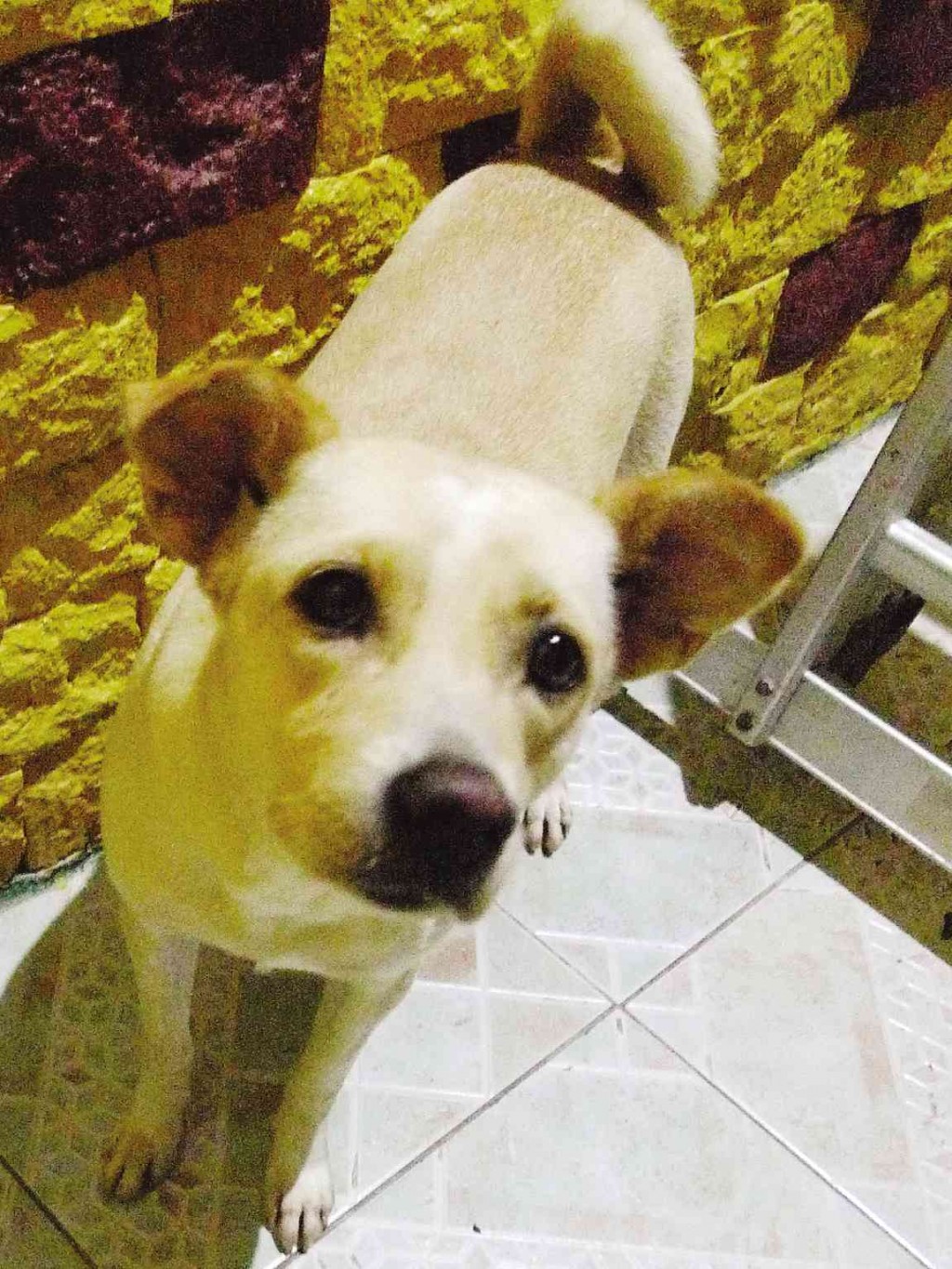
PREVENTION BETTER THAN CURE Vaccinating “man’s best friend” is one of the most effective ways of controlling and eventually eliminating rabies in the country. CHARLES E. BUBAN
Every 10 minutes someone dies of rabies somewhere in the world. There’s a huge chance that that person could be here in the country where this incurable and highly fatal disease continue to be a serious public health problem.
More alarmingly is the fact that those who got infected through bites from infected dogs—which account for 84 percent of all animal bites and rabies cases—were young children 15 years old and below.
Approximately one-third of deaths due to rabies in the country occur within this age group, according to the World Health Organization.
On the rise?
“The number of deaths due to rabies has slowly dropped in the last four years—down to 187 last year from 231 in 2012 and 257 in 2010 (interestingly, the incidence of human rabies has also declined by 27 percent from 2010 to 2013). However, the number of bite cases has been rising,” said Dr. Raffy Deray, program manager of the DOH (Department of Health) National Rabies Prevention and Control Program.
Speaking during last week’s press briefing ahead of the celebration of World Rabies Day that will be celebrated tomorrow (Sept. 28), Deray said that last year the DOH registered 522,420 animal bite cases across the country. This is up from the 2012 figures of 410,811 cases as well as from the 330,077 cases registered in 2011.
However, he said, the DOH could not completely establish whether the increase in animal bite cases was due to the actual increase in the number of people getting bitten (or scratched) by animals or whether due to the fact that the DOH has doubled the number of animal bite centers across the country from 227 in 2005 to 484 in 2013.
Deadly
Rabies is a deadly viral infection that is mainly spread by infected animals. Aside from dogs, cats (less than 15 percent of cases) as well as goats and other livestock animals were reported to carry the virus.
The actual time between infection and when one gets sick ranges from 10 days to seven years.
During this incubation period, the virus will travel from the wound (or scratched area of the skin) to the brain, where it will cause swelling or inflammation. This inflammation leads to initial symptoms including a high temperature of 38ºC, chills, fatigue (extreme tiredness), irritability, anxiety and vomiting.
These initial symptoms of rabies last for two to 10 days before more severe symptoms start to develop. There are two types: furious rabies, which accounts for four out of five cases, involves the victim exhibiting aggressive behavior such as thrashing out or biting, excessive production of saliva and hallucinations; and dumb or paralytic rabies, which involves the victim losing sensation, hydrophobia (fear of water) and muscles spasm. As with furious rabies, someone with dumb rabies will fall into a coma and eventually die from heart or lung failure.
Once these symptoms occur however, death is almost always certain. This is why preexposure rabies vaccine is given to people at high risk of rabies to protect them if they are bitten or scratched (like veterinarians, animal handlers and visitors in high-risk areas).
“Rabies is a 100-percent preventable disease. If bitten or scratched—it doesn’t matter if the animal is a pet or a stray one—the victim must first wash the wound with soap and water for at least 10 minutes and then go to the nearest Animal Bite Center (816-1111),” Deray said.
San Lazaro Hospital in Manila and the Research Institute for Tropical Medicine (RITM) in Alabang are also animal bite centers (ABC) that offer treatment at a lower cost compared to private hospitals.
“We don’t wait around when it comes to rabies. In May 2007 the government passed a law calling for the control and elimination of human and animal rabies. The goal is to eliminate human rabies cases by 2016, and make the Philippines rabies-free by 2020,” said Deray, adding that vaccinating “man’s best friend” is one of the most effective ways of controlling and eventually eliminating rabies in the country.
Dramatically reduce
By inoculating dogs, health officials hope to dramatically reduce the number of human rabies infections—particularly since the cost of treating those infections isn’t cheap, around P40,000 per patient.
At the ABC, the patient is given antibiotics, antitetanus and antirabies vaccines. Two more shots of antirabies vaccines would be given to the patient: one on the third day from the day the patient first went to the animal bite center, and another on the seventh day. Each dose of antirabies vaccine costs P687 at the ABC. A final shot will be provided if, within the next seven days, the animal dies.
The National Rabies Prevention and Control Program emphasizes that while there is currently no cure against rabies, it can be greatly prevented by vaccinating domesticated animals. Mass dog vaccination remains to be the key strategy to control and eventually eliminate human rabies at its source.
The objective is to cover at least 70 percent of the estimated dog population in the country vaccinated against rabies.
As of last year, there are already 15 rabies-free zones in the country: the island province of Siquijor; Batanes; Apo island, Dauin in Negros Oriental; Malapascua island in Cebu; Camotes island in Cebu; Guimaras; Olympia island and Bais City in Negros Oriental; Culion, Coron, and Busuanga in Palawan; Boracay island and Malay municipality in Aklan.
“The good news is, at least 10 more areas will be declared free of rabies by the end of the year,” Deray said.